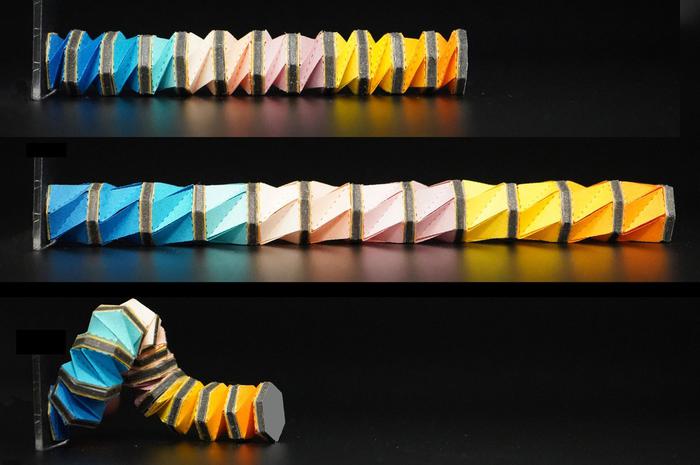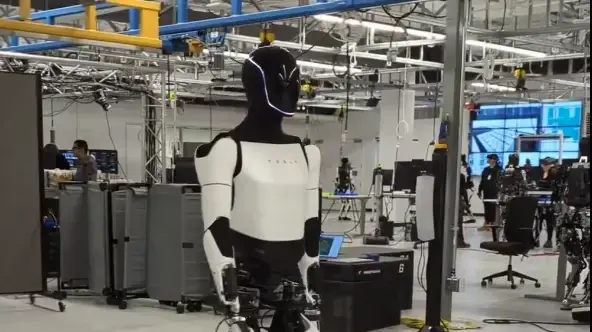Halfway between the tentacle of an octopus and the bellows of an accordion: it is the robot arm without motors inspired by the art of origami and developed by American researchers from Ohio State University and the Georgia Institute of Technology (Georgia Tech ) whose movements are controlled by modifying the magnetic field of a stack of metal plates.
A solution described in the journal of the American Academy of Sciences (PNAS) that could find applications especially in the medical field.
Parallel to the more traditional, and best known, rigid robotic arms, for years the world of research has been exploring the potential - inspired by nature - offered by the creation of soft arms, that is, controllable mechanical limbs made of non-rigid materials and without the use of motors. inside of. A line of research full of potential, which sees many projects developed in Italy such as the Octopus robot of the Sant'Anna School of Advanced Studies, which is now enriched with a new line of soft robots controlled by magnetic fields. The new robot, which at first glance resembles an accordion. It is made up of 18 hexagonal section plates (with metal elements inside) joined together by soft plastic films.
By modifying the magnetic fields of the individual plates - changing their intensity, orientation and direction - it is possible to make the entire 'tube' move, rotating, contracting, stretching and folding it on itself. A mechanism that if it were miniaturized could find applications in various fields, for example for robots able to slip into narrow spaces such as snakes or to intervene in the human body for endoscopy, intubation or catheterization interventions.














